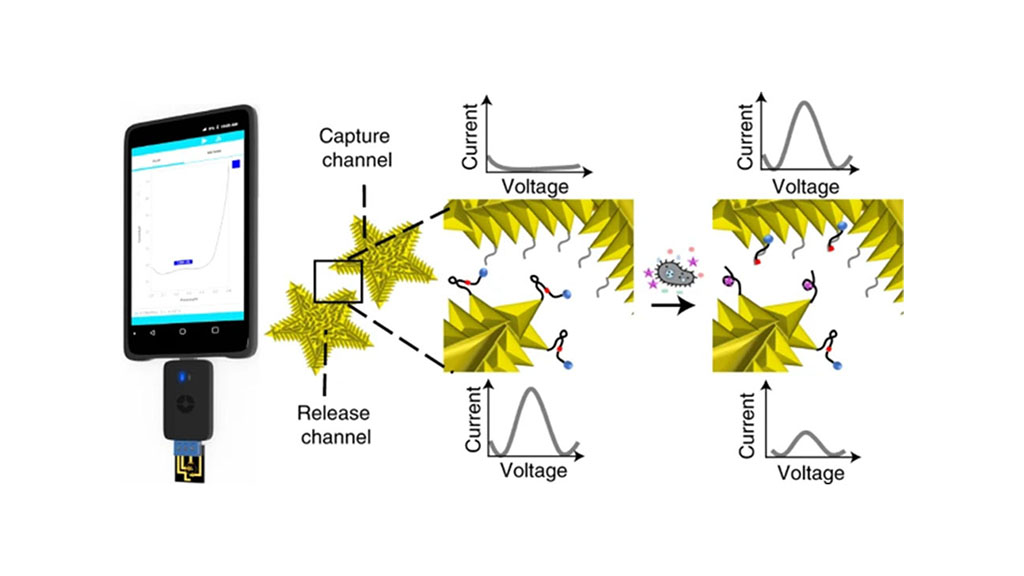In formal protocols for detecting viruses, equipment and personnel are required, also, the reorganization of pathogens takes longer. because of these rivals, finding rapid methods for detecting the virus in an easy, inexpensive, sensitive, and selective way is important. Only by rapid and sensitive testing, spread of viruses could be controlled before coming pandemic.
Investigation in electrochemical studies shows that biosensors are very simple, accurate, precise, and cheap for virus detection. The clinical levels of these viruses can be easily analyzed with biosensors. Their working principle is based on affinity between antibody and antigen in body fluids. The progress still continues on biosensors for accurate, rapid, reliable detection.
Screen-printed electrodes (SPEs) are often used for fabrication of biosensors since they possess advantages such as disposability, mechanically robustness, inexpensiveness, stability, and reproducibility for mass production [1]. Since SPEs are customizable, they can be modified and created to match the requirements of all types of research groups.
A new technology to diagnose infections from bacteria and Covid-19 in minutes using a Sensit Smart, is what Pandey, R., Chang, D., Smieja, M. et al. from The McMaster University have developed [2]. The detection and identification of bacteria currently rely on enrichment steps such as bacterial culture and nucleic acid amplification to increase the concentration of target analytes. These steps increase assay time, cost and complexity, making it difficult to realize a truly rapid point-of-care test. They report the development of an electrical assay that uses electroactive RNA-cleaving DNA Enzymes to identify specific bacterial targets and subsequently release a DNA barcode for transducing a signal onto an electrical chip.
Clinical evaluation of this assay using 41 patient urine samples demonstrated a diagnostic sensitivity of 100% and specificity of 78% at an analysis time of less than one hour compared with the several hours needed for currently used culture-based methods.
[1] K. Yamanaka, d. Vestergaard M. , Tamiya E. Sensors 16 (2016 )1761.
[2] R. Pandey, D. Chang, M. Smieja, T. Hoare, Y. Li & L. Soleymani, Nature chemistry 13(2021) 895.


